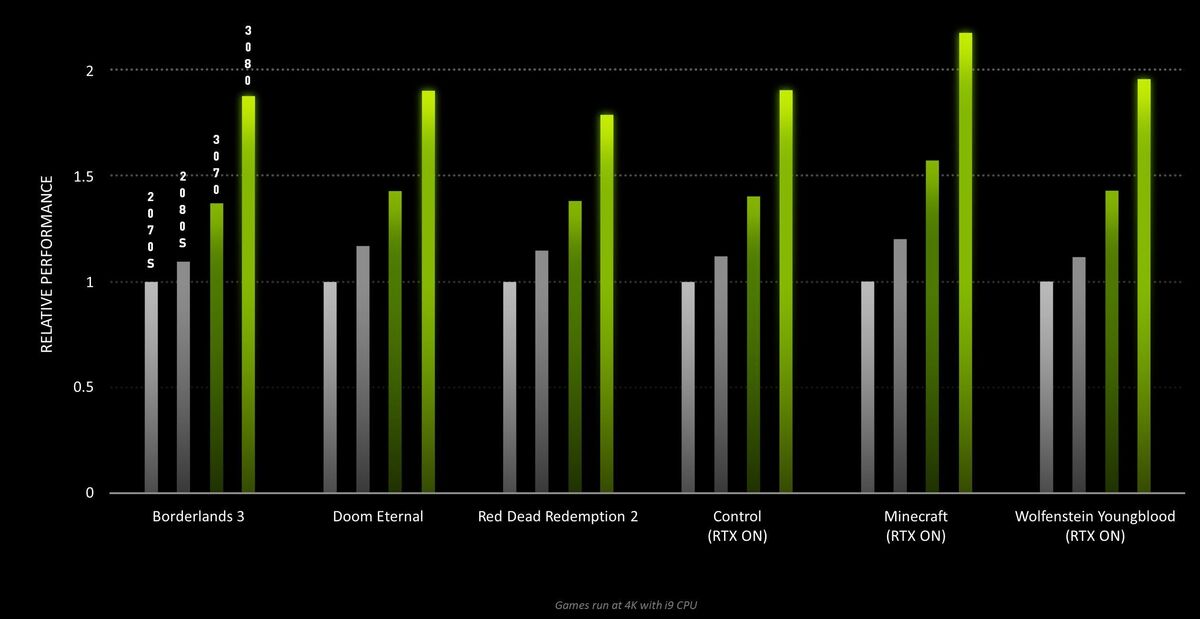
- Nvidia graphics cards comparison chart software#
- Nvidia graphics cards comparison chart professional#
- Nvidia graphics cards comparison chart series#
I have also summarized the individual components of the test system in tabular form: Test System and EquipmentĢx 16 GB Patriot Viper Black RGB DDR4 3600ġx 2 TByte Aorus (NVMe System SSD, PCIe Gen. The benchmark system is new, the power consumption is measured here in a special laboratory using high-resolution oscillograph technology…Īnd the measurement setup for graphics cards (pictures below), where at the end also the thermographic infrared images are taken with a high-resolution industrial camera.

By the way, picture-in-picture works just like the simultaneous display of several inputs. This feature is priceless, especially during testing, because it saves an extreme amount of space. A special feature is the functionality as a KVM switch, in that the keyboard and mouse that can be connected to the screen can be assigned to the active screen. In addition to DP 1.4a and 2x HDMI 2.0, one finds USB 3.1 up to Type C and Thunderbolt 3.
Nvidia graphics cards comparison chart series#
However, one of the main reasons for choosing this monitor for the test series is its excellent connectivity, in addition to its excellent image quality and ergonomics. The ergonomics are almost perfect and you can turn it (up to the pivot function) as you like – one setting always fits. The almost frameless BenQ PD322020U is big enough with its 31.5 inch diagonal and 3840 x 2160 pixels, has an excellent AHVA panel from AU Optronics and covers with 10 bit color depth (1.07 billion colors) almost completely the required color spaces.
Nvidia graphics cards comparison chart professional#
With the Monitor, I have consciously decided on a real professional solution. An Alphacool XPX sits on the CPU, a graphics card could still be inserted in between. Cooling is provided by a modified Alphacool Eiswolf with an extended quick-release system. All the fun is supplied by a Seasonic Prime Titanium and 1000 watts maximum power, which is also completely sufficient for mGPU. The first graph shows the G3D Mark values of each Videocard. The first section will show basic information for each Video Card selected. The values for the Video Cards are determined from thousands of PerformanceTest benchmark results and is updated daily.

Currently DDR4 3200 from G-Skill is installed, which runs in XMP profile. Performance of selected Video Cards can be found below. Some GPUs make use of two clock signals, a higher one for the shader processors and lower one. The installed 32 GB memory is currently sufficient, maybe I will add more later. Click here to see the AMD ATI Chips Comparison Table. In the end I decided against the Core i9-9900K, which I had initially thought of, and instead opted for a Ryzen 9 3950X with X570 motherboard, because, as with the gaming cards, it’s not just the fastest CPU per thread that counts, but the entire PCIe 4.0 package. That’s exactly where I also started again and thought long and hard about it in advance.
Nvidia graphics cards comparison chart software#
But it’s not only the software that decides, but also the hardware. What is the best way to test graphics cards in the workstation area? With appropriate software, of course, and not just with a few dead-optimized synthetics.


 0 kommentar(er)
0 kommentar(er)
